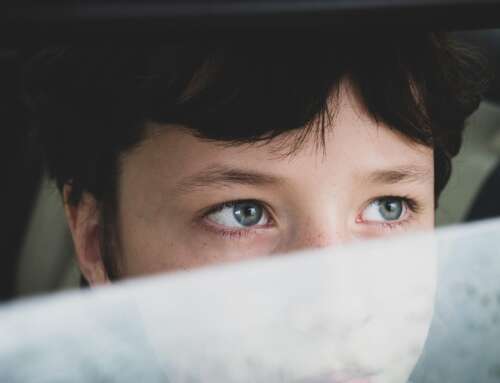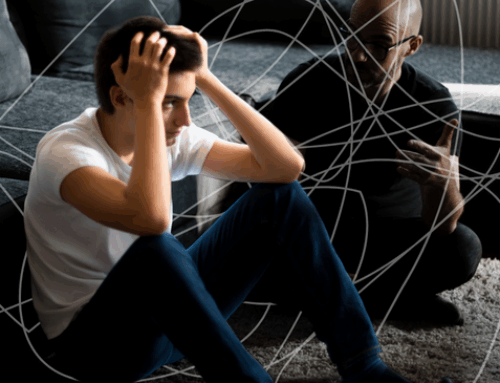What is wrong with our children today? According to a joint report from The Black Dog Institute and Mission Australia, around one in four teenagers have experienced a “probable mental illness”, which means one in five have had depression or anxiety or both. According to the same report, teenage girls are twice as likely as boys to experience depression or anxiety.
On Monday, Stephen Fry described his shock at learning of a self-harm epidemic among some of the most privileged children in the UK in some of Britain’s top private schools. Self-harm is also on the rise among teenagers in Australia.
The figures are certainly shocking, but what is driving this wave of unhappiness? Addressing the issue during a recording of Bryony Gordon’s podcast Mad World, Fry said, “We can say, but look, they’ve got everything… they’ve got iPhones, they’ve got this, they’ve got that. Clearly, we know that can’t be enough. There is something missing… How do we address it?”
Having worked for more than 40 years in child psychiatry, Dr Mike Shooter has more insight than most. The former president of the Royal College of Psychiatrists spent most of his career in the Welsh Valleys, but has a broad perspective on what may be “missing”.
But is anxiety really as pervasive a problem as recent figures suggest, or are people simply more comfortable talking about it?
“I’m pretty sure it has [increased],” he says. But also adds: “I think we recognise it more than we used to. We’re seeing a lot of kids who’ve got lower levels of anxiety than a formal psychiatric diagnosis.”
Many point to increased use of social media as fuelling unhappiness; Dr Shooter suggests this is part of the problem, but not the only factor. “Social media is wonderful for kids with ghastly anxiety, sitting up in their bedrooms in the loneliness of a night, [messaging] people every hour to see if somebody likes them or not. They have to have their private world, that’s what adolescence is about.”
And if a parent is worried about overuse or negative effects? “Do something,” he urges. “Quite a lot of the kids with horrendous anxiety and self-harm are paralysed. They don’t know whether to say anything or not, and the answer for parents is always to do something: talk about it, learn about it, look at what your kid does. If necessary, take the equipment away, but show you’re doing it because you care.”
– The Telegraph, London with Fairfax Media
Read more: The Real Reason Today’s Children Are So Unhappy
Fernando from Unsplash







Leave A Comment